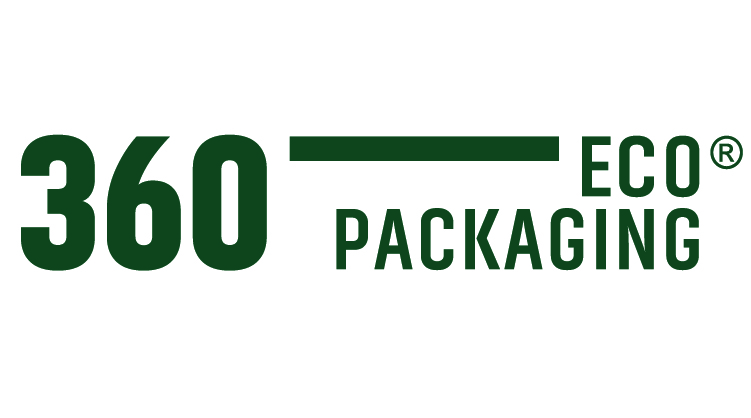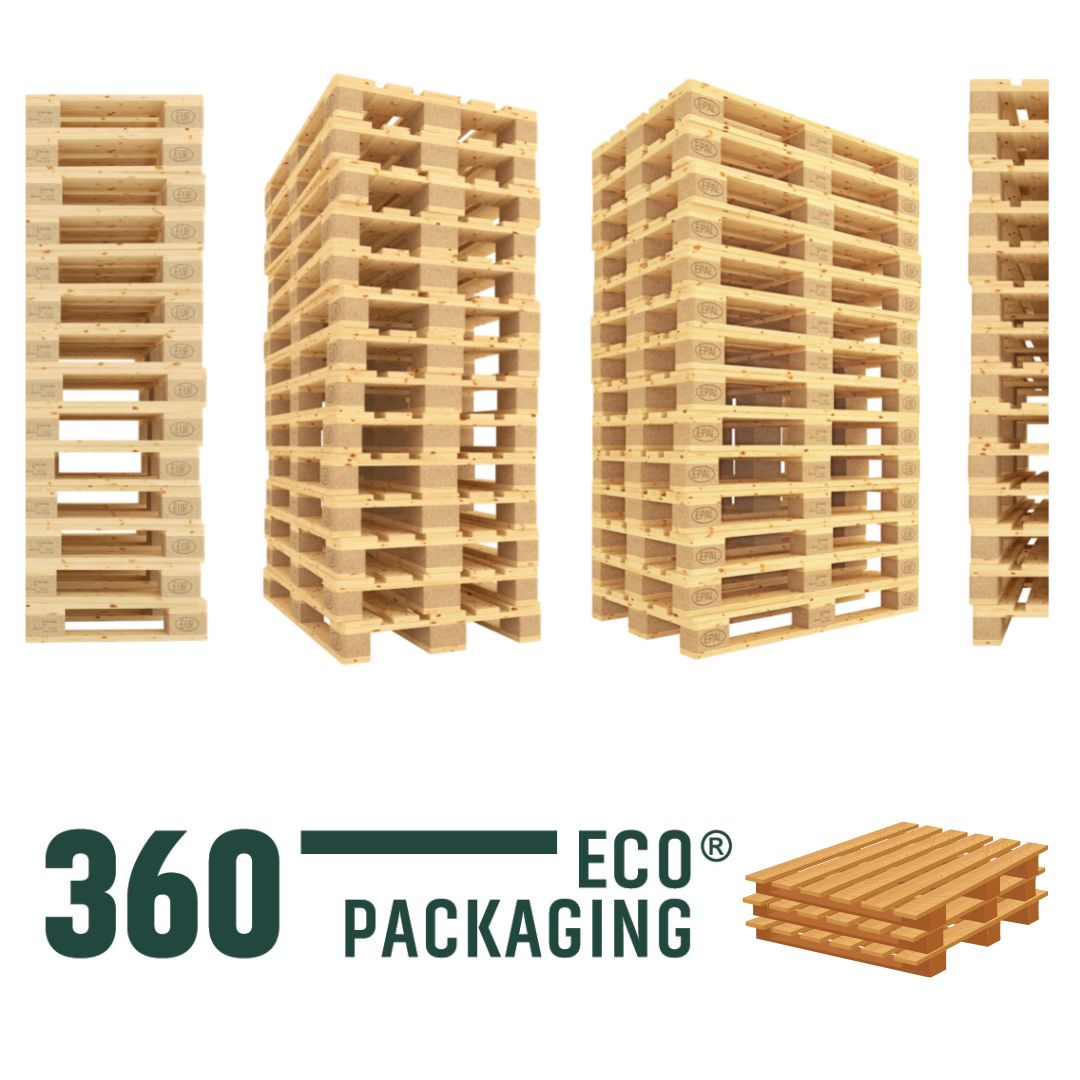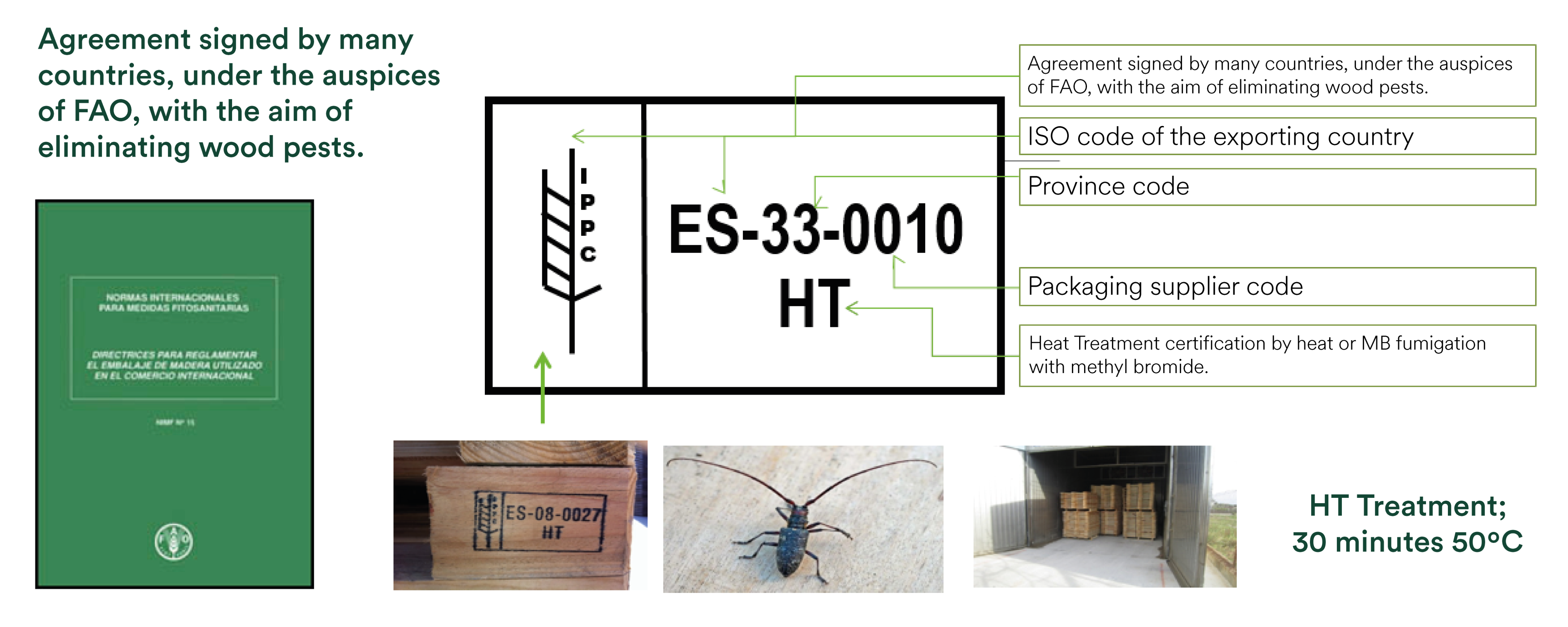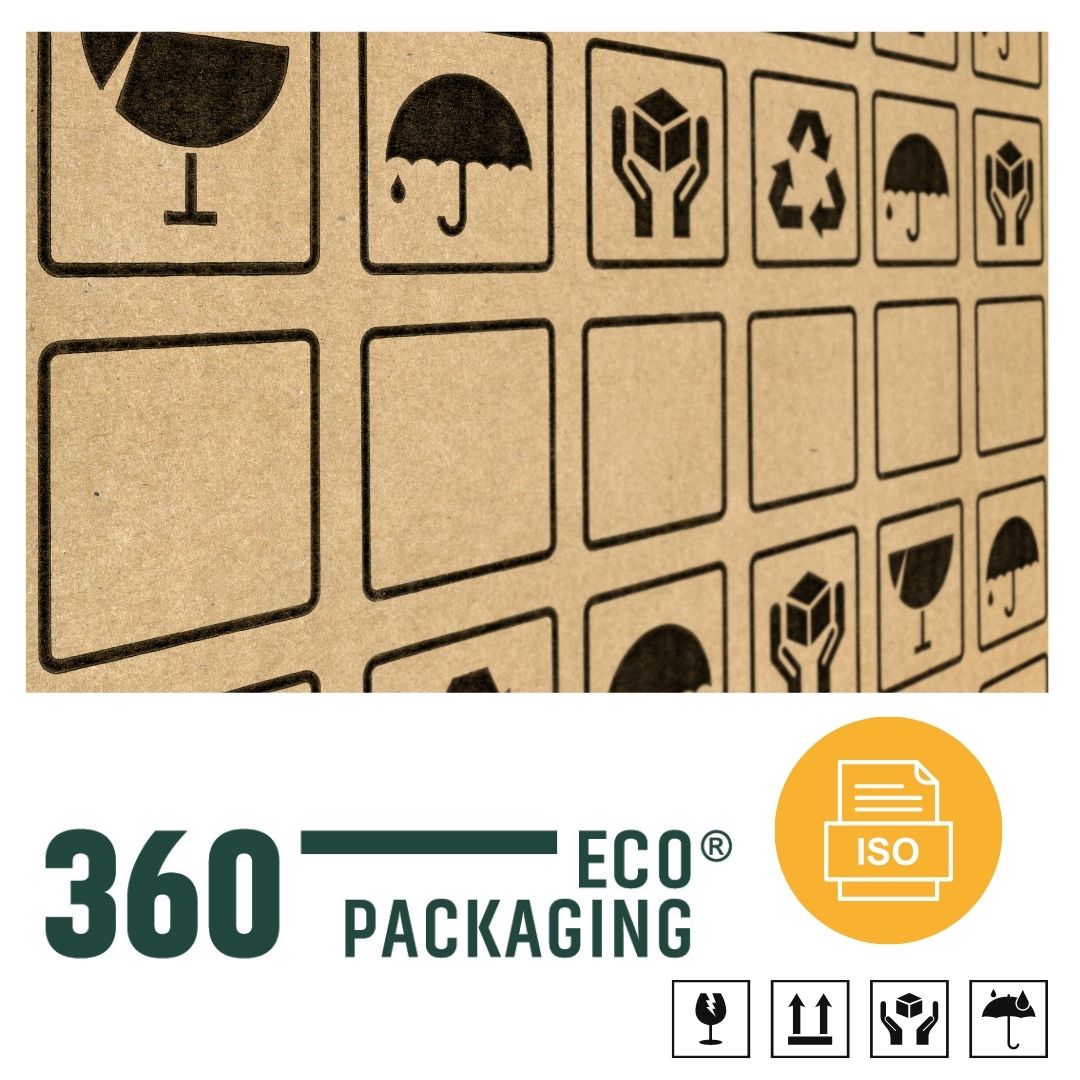One of the objectives of logistics is the optimal use of the warehouse as well as the incoming and outgoing goods operations carried out in it.
There are many types of warehouses. Each has its own logistics requirements. The product they house, the location, functionality or handling technology are some of the criteria by which we can classify the different types of warehouses.
In a company there can be one or several types: raw materials, central, spare parts, etc. In this post we will focus on the most common types of warehouses, according to their location and logistic activity.
Warehouses by logistics activity
Production warehouse
This is the warehouse where the raw materials, parts or components required in the manufacturing processes are stored. The function of the production warehouse is to ensure that the manufacturing lines run without interruption, with no shortage of supplies. For this reason, many logistics supply centers are located close to factories.

Central warehouse
This is where finished products from one or more industrial processes are stored. It is usually located near the manufacturing site.
The central warehouse also acts as a distribution center, supplying other regional or local warehouses that carry out the final distribution to the consumer or point of sale. From the central warehouse, the product is conditioned for the next step in the distribution chain.

Distribution warehouse
The distribution or supply warehouse is responsible for receiving the goods from the production center and then sending them to the end customer. It usually covers a specific geographical area and is located close to the point of consumption.
Its purpose is to guarantee supply and meet product delivery times. It is a warehouse with a high turnover of goods.
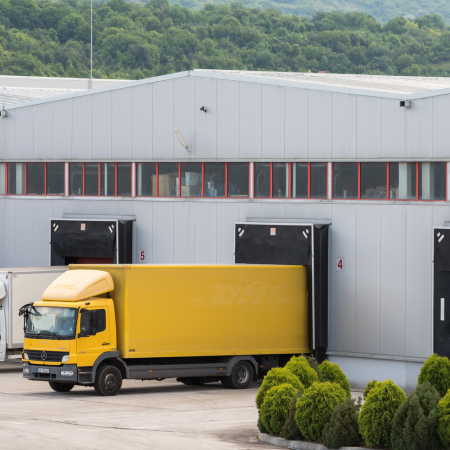
Transit Warehouse
Occasionally, an interim storage point is required between the central and regional warehouse. The transit warehouse functions as an interim warehouse for goods, since its purpose is to expedite deliveries or to facilitate the grouping of goods to be shipped to the same destination.
Here the stock is not stored; the flow of receipts and dispatches is continuous. This type of warehouse is often used for e-commerce logistics.

Temporary warehouse
Used to store stock of products for seasonal consumption, in order to meet peaks in demand.
Other types of warehouses
We have reviewed the most common warehouses, but we can find other classifications of warehouse, according to:
-
The building:
Open-air or outdoor warehouse and covered or indoor warehouse.
-
The type of product:
Raw materials warehouse, semi-finished products and finished products warehouse, spare parts and/or accessories warehouse, and containers and packaging warehouse, where the packaging of the final products is kept.
-
Level of mechanization:
Conventional warehouses, with a low level of automation or the so-called intelligent warehouses, with a high degree of automation.
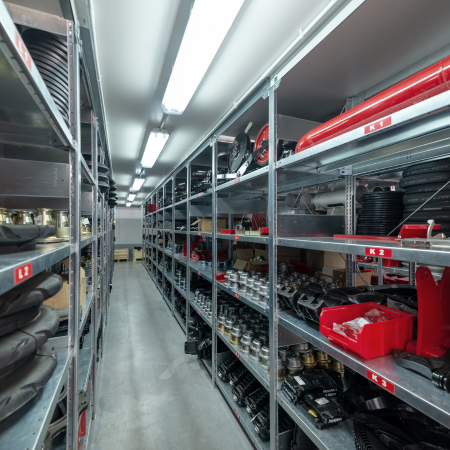
What type of warehouse does your company use?
![]()
